Our local teams
Discover the local teams within our new structure and what responsibilities they have
Quick links
There's a team for everyone in our new structure. To find your perfect match, have a chat with your Team Leader or Lead Volunteer to discuss what you're great at and what you enjoy doing at Scouts.
Keeping everyone safe is at the heart of our culture in Scouts, and our teams of volunteers play a key part in this. Whatever your background, identity or ability, there’s a volunteer spot with your name on it.
These simple descriptions of some of our teams will help you find the perfect one that matches your skills and interests.
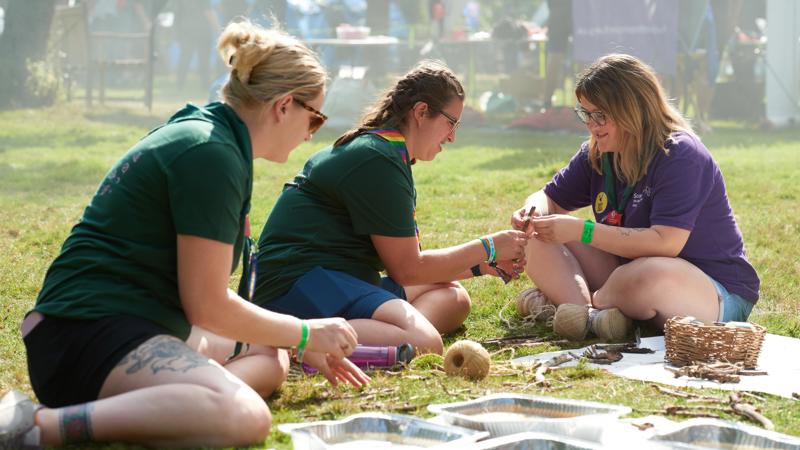
Section Teams make sure:
- We’re planning and delivering a great programme
- There’s a great culture for volunteers and members
- Scouts is a safe environment for everyone
- Admin gets done, such as keeping member records
- Everyone’s kept in the loop
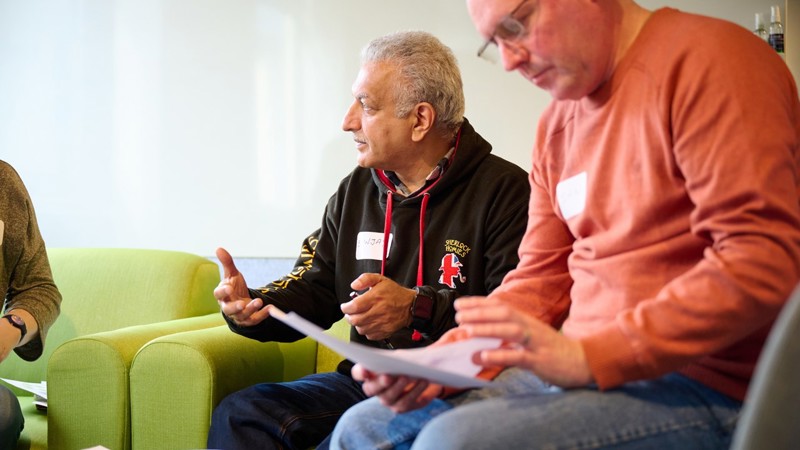
Trustee Boards make sure:
- Scouts operates safely and legally
- Volunteers have the resources to get things done
- We’re planning and thinking for the long term
- Money, risks, and buildings are managed well
- Teams follow policies and legislation
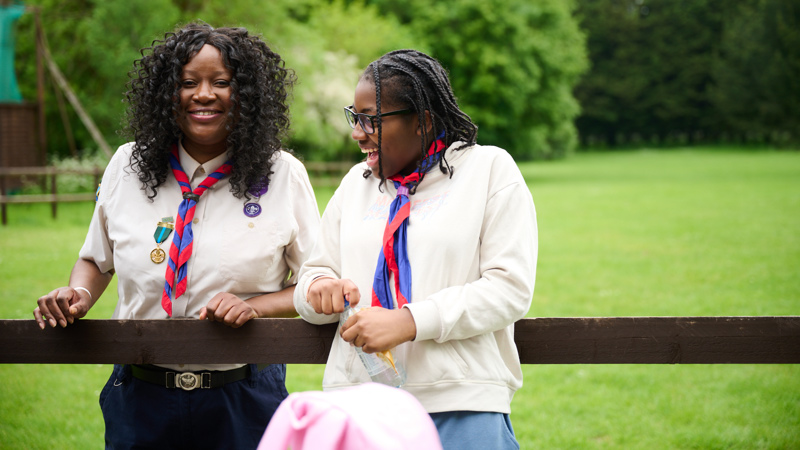
Group Leadership Teams make sure:
- The Group’s sections are supported
- Volunteers in the group can develop and share skills
- The Group is engaging with the local community, and has a positive image
- Effective processes, like finance, joining enquiries and meeting places are well managed
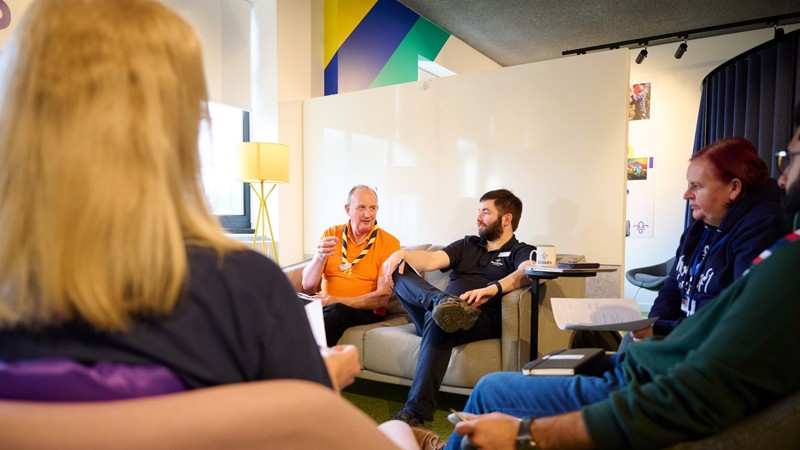
Leadership Teams make sure:
- Teams have the right volunteers in place
- Teams work well, on their own and together
- Teams are inclusive and reflect the demographics of their local area
- Teams and Sections are youth-led
- Volunteers and young people are safe
- Our Volunteering Culture is followed
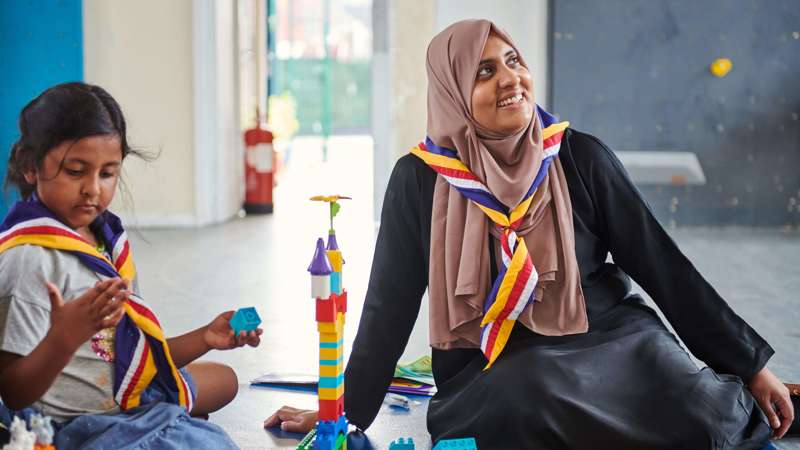
Programme Teams make sure:
- Volunteers have networking and development opportunities
- There’s guidance on running programmes
- Skilled people are on hand to help run adventurous activities
- Activities and permits are reviewed and approved
- Sections can work together
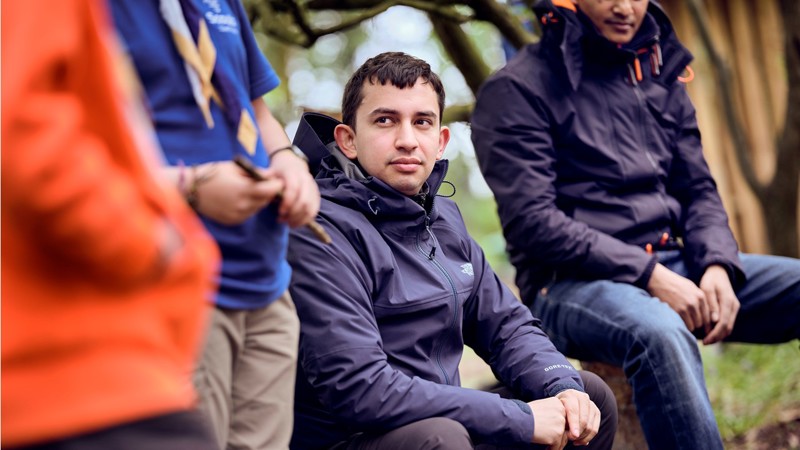
14-24 Teams make sure:
- Explorers and Network sections have the resources they need
- The needs of young people are met through the programme
- Young Leaders are mentored and developed
- Sections and activities are inclusive for all young people and adults
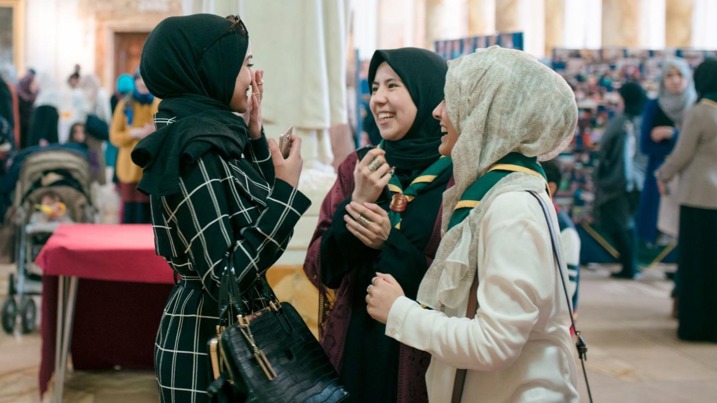
Support Teams make sure:
- We’re engaging with local communities
- We open new provision
- Administration gets done
- Fundraising is planned and run
- Scouts has a positive image and is promoted
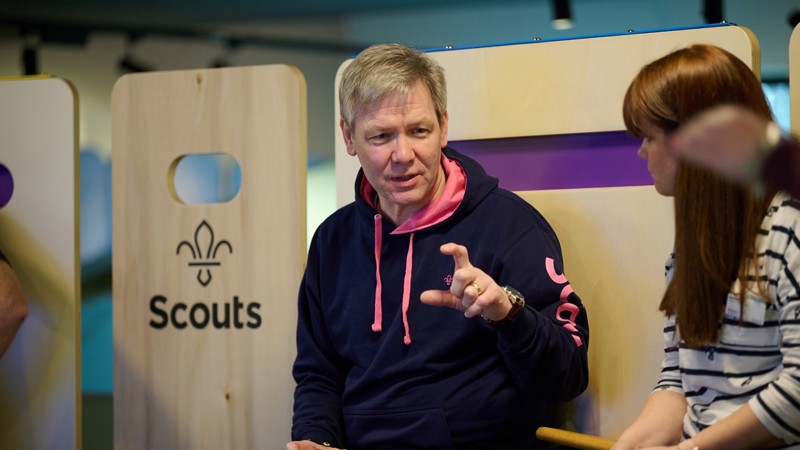
Volunteering Development Teams make sure:
- Volunteers’ achievements are celebrated
- Volunteers have the skills they need
- Volunteers keep motivated as they complete their learning
- We’re always looking for brilliant volunteers
- Volunteers get a great welcome and induction